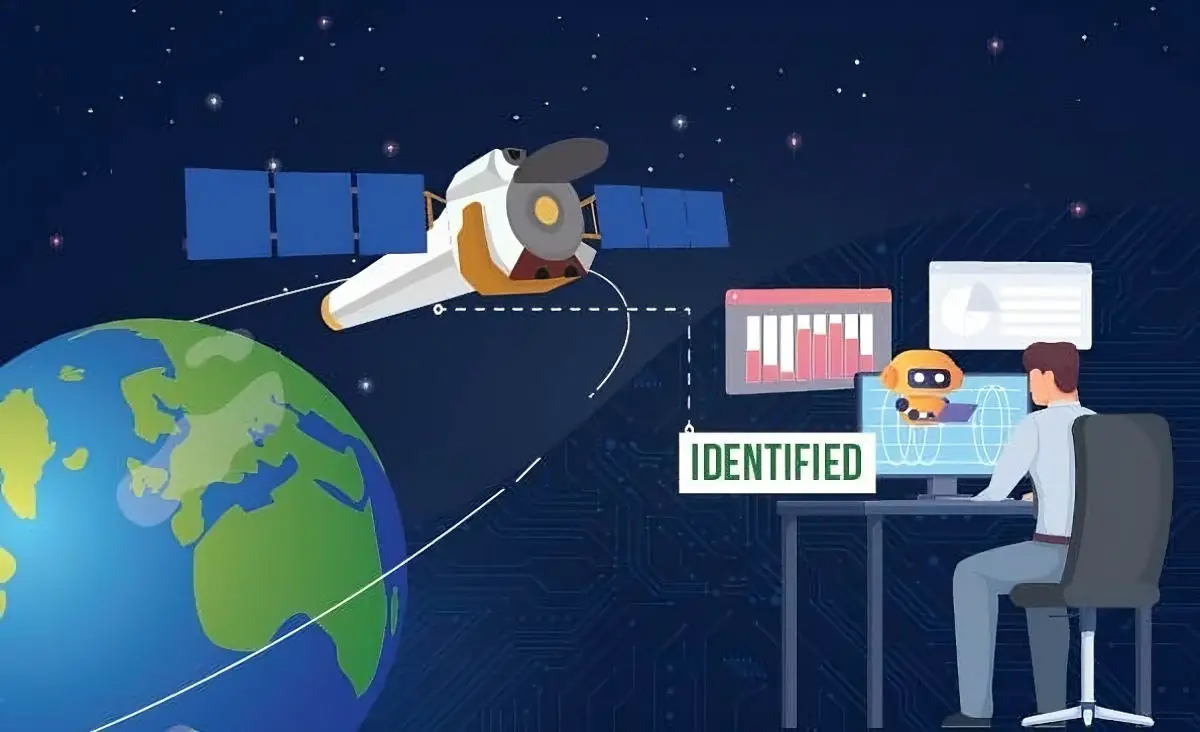A team of scientists from the Tata Institute of Fundamental Research in Mumbai and the Indian Institute of Space Science and Technology in Thiruvananthapuram identified the nature of thousands of new objects using machine learning techniques and X-ray wavelengths. Machine learning is a branch of artificial intelligence.

Prof. Sudeep Bhattacharya and Mr. Shivam Kumaran, along with Prof. Sameer Mondal and Prof. Deepak Mishra also worked on this research. Astronomy is currently undergoing a transformation. This information is collected through extensive research and careful observation.
This discovery will help us understand the universe anew. Data processing is very difficult to do manually. For this, scientists are taking the help of machine learning technology. As a result, it is possible to get important data easily and in less time.
X-rays from the Chandra Space Mandir in the United States have observed hundreds of thousands of cosmic objects. Machine learning techniques are currently important tools for revolutionizing basic scientific research.
This technique has been applied to about 2 lahks 77 thousand cosmic objects. This research has paved the way for more important information about black holes, neutron stars, white dwarfs and stars.
New opportunities have emerged for those working as astronomers. This will lead to interesting information about new cosmic objects. If this research style continues in the future, applying machine learning techniques to the fundamentals of astronomy will bring positive side.
The research was published in the Monthly Bulletin of the Royal Astronomical Society. Actually it was published on February 9 this year.
